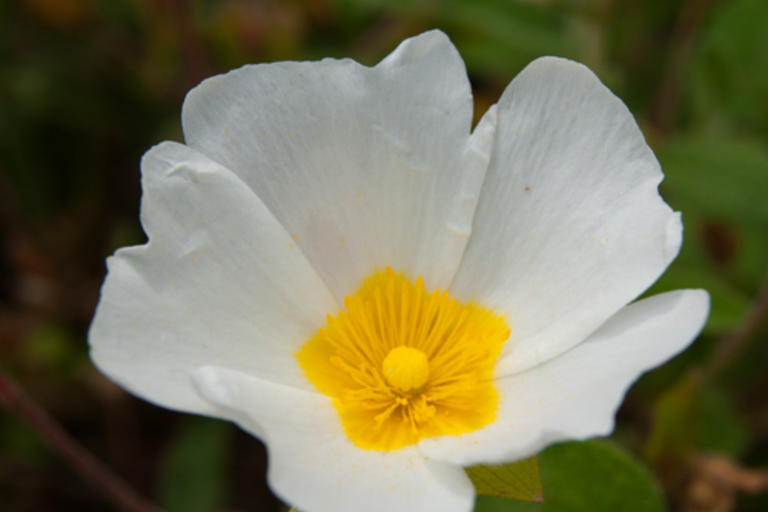
Introduction
This is one of the few woods you will see close to today’s route. Specifically, it is an open holm oak grove with a wide range of shrubs.
One of the most notable shrubs in this area is the cistus, several species which are well adapted to the Mediterranean climate. These shrubs, which are striking when they are in flower, have a strong relationship with the fires that often affect Mediterranean ecosystems. Unlike many other species which can sprout again after fires, cistuses produce an immense number of seeds which remain underground forming what known as a seed bank. These seeds not only tolerate the high temperatures of the fire, but afterwards they germinate to reoccupy the space. This incredible strategy might seem like a superpower, but in fact many other species also have this adaptation.
Specifically, here we can find the grey-leaved cistus, which paradoxically has beautiful pink flowers and owes its name to the whitish colour of its leaves and we also find the salvia cistus which has rough leaves and white flowers.